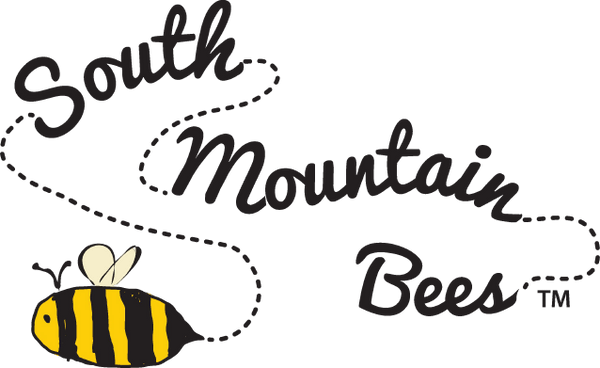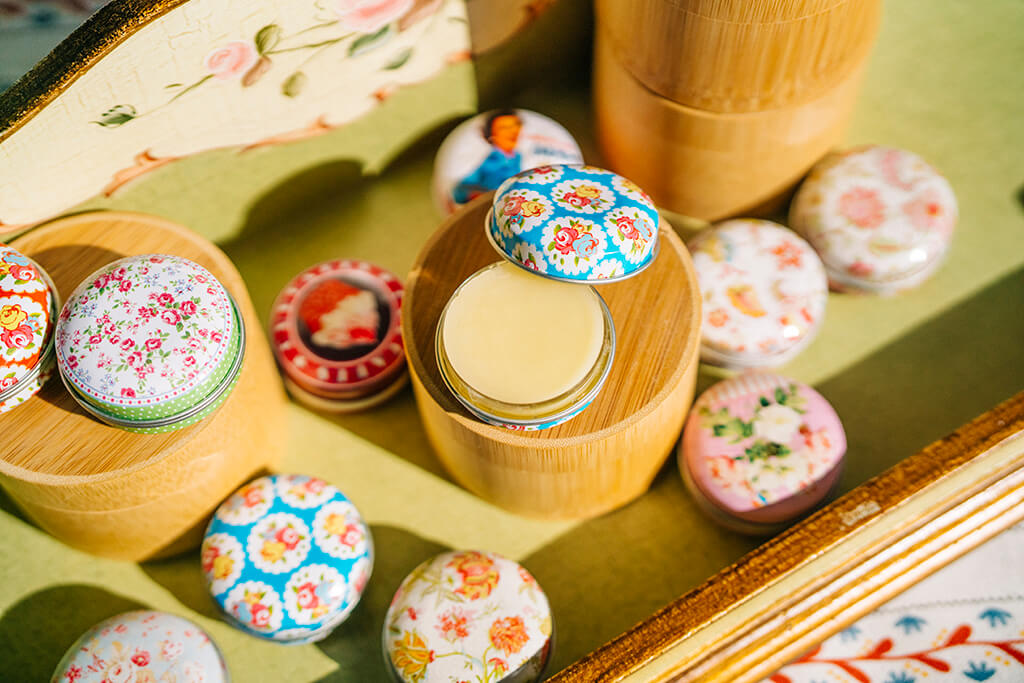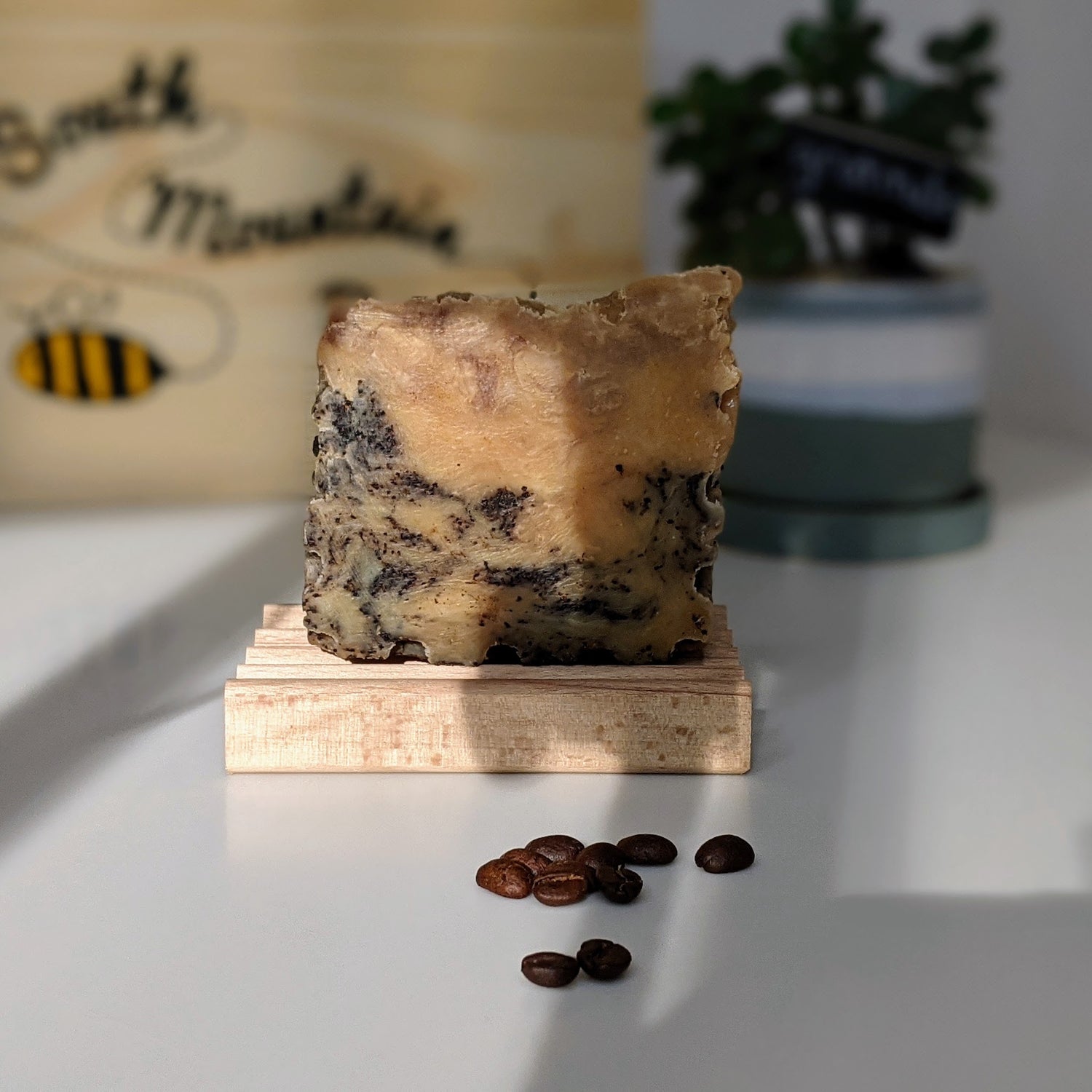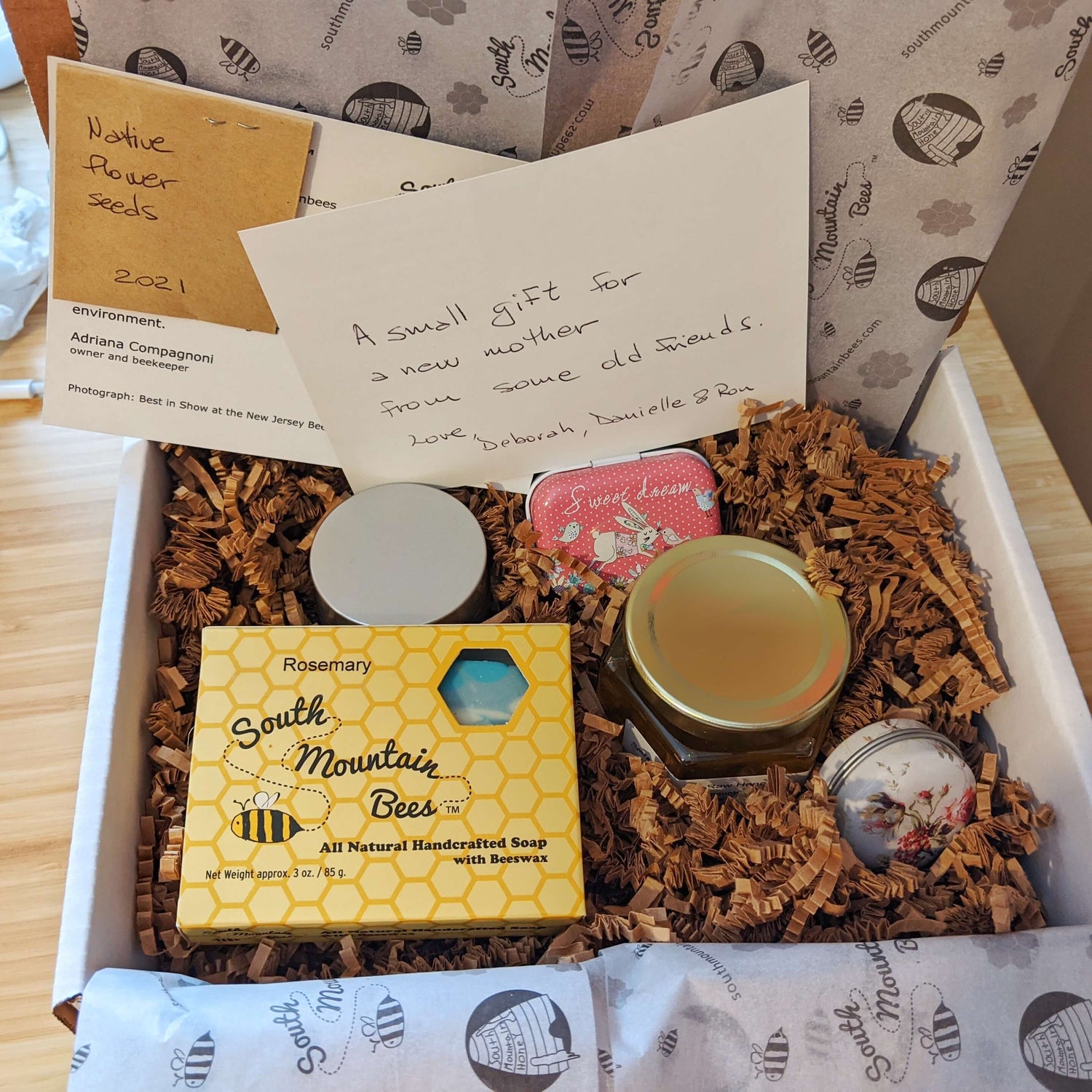Hi, this is Adriana, the beekeeper from South Mountain Bees.
I know you can't wait for Spring to be here. In the meantime, let me give you some tips on how to transform your yard into pollinator heaven.
Bees, butterflies and other pollinators use nectar and pollen as food. Nectar is consumed by adult insects, or stored in the form of honey, in the case of honeybees. Pollen, mixed with a bit of nectar in what is known as "bee bread", is a source of protein used to feed young larva.
The best you can do to help pollinators is making sure there is food in your yard for them. If you want to invite friends home, it's better to have food for the party, don't you think?
Make sure to incorporate wild and native plants, shrubs and trees in your landscaping. Native plants provide food and shelter for local birds and insects promoting biodiversity. Planting natives doesn't mean your yard will look like an abandoned lot full of weeds. In fact those invasive species we call weeds are often non-natives.
You can have a beautiful yard with stunning, bright colored, pollinator friendly plants, that are natives. One of my favorites is Lanceleaf Coreopsis.
We get deer by the herds in our area. There was a family of six in our back yard two days ago. And they don't like coreopsis! That's a pretty good reason to like a flower around here.
I discovered Great Blue Lobelia a couple of years ago, when Seth Boyden Elementary School had a plant sale. I bought two plants, and they keep coming back. Don't you love perennials? You do the work once, and they thank you every year coming back.
The butterflies absolutely love them, and they bloom for the longest time starting in late Summer all the way through the Fall, when not much else is blooming. That's another good reason to love a plant!

We planted purple cone flowers 15 years ago, when we first moved into our house, and they've come back every year. They make generous seedlings year after year, that we've relocated to different parts of our yard, including our vegetable garden.

If you have the space for an ornamental tree, consider planting an Eastern Redbud. You'll be the envy of the block, when all the cherry blossom fades and your redbud explodes with magenta buds.
For more pollinator friendly natives for the Mid-Atlantic Region of the USA, check out this article by the Xerces Society.





